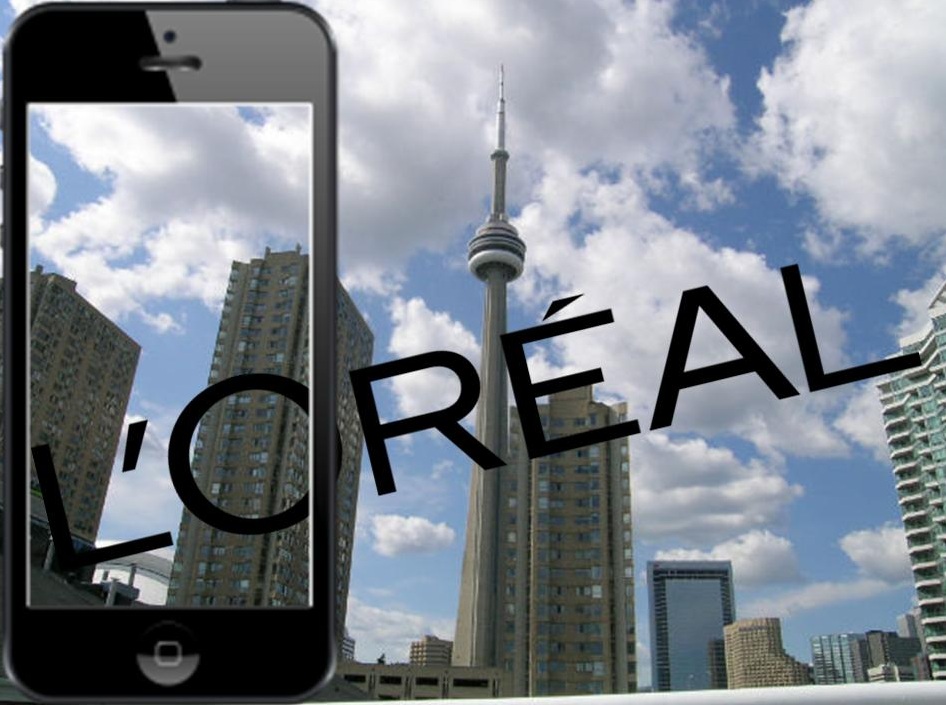Several studies are confirming that the technique is now a required part of most campaigns.
When it comes to mobile marketing, just about everyone can agree that geolocation techniques and location based strategies can provide a company or a brand with a considerable advantage.
According to the latest reports, the opportunities that are now available are virtually beyond limit.
In fact, geolocation technology is a part of the hottest mobile marketing trends currently in practice. A new report from BI Intelligence has said that location based advertising “promises the sky” in areas ranging from precision targeting to high conversion rates and highly detailed consumer profiles rich with data.
Geolocation isn’t just a technique that will be a short term fad that will rapidly move on.
 Instead, geolocation based marketing is something that is only just starting to build a foundation and that is expected to grow exponentially over the months and years. Case studies are proving, one after the next, that those who use these techniques are experiencing the highest results from their mobile advertising that they have ever enjoyed and that the methods are consistently successful.
Instead, geolocation based marketing is something that is only just starting to build a foundation and that is expected to grow exponentially over the months and years. Case studies are proving, one after the next, that those who use these techniques are experiencing the highest results from their mobile advertising that they have ever enjoyed and that the methods are consistently successful.
The BI Intelligence report stated that geolocation can be compared to the use of cookies in desktop computers. It added that “Collecting data has always been difficult because mobile does not support third-party cookies that travel easily across the ecosystem, allowing for straightforward tracking and data-gathering. That’s where location-based mobile technology comes in. It gives marketers new ways to identify and track mobile audiences, and with the aid of algorithms, it can also group them into behavioral and demographic segments for targeting.”
More research, this time from Ballihoo, surveyed 400 brand executives. Among them, a whopping 91 percent had expressed that they intended to make higher investments into their geolocation based marketing campaigns this year.
A recent Berg Insight study also pointed out that geolocation enabled ad spending had been worth approximately 8 percent of the total mobile advertising spending last year, but that it predicts that this figure will grow to 33 percent by the close of 2017, indicating that if there’s one thing that can be said about this technology, it is that it is the furthest thing from a flash in the pan technique.

 This augmented reality exhibition will display layers of computer generated imagery overtop of the actual physical world view through the use of the app and the device camera. When attendees aim their smartphones at various parts of the square, they will be able to view various works of art that they can share, with which they can interact, and that they will be able to discuss with other people.
This augmented reality exhibition will display layers of computer generated imagery overtop of the actual physical world view through the use of the app and the device camera. When attendees aim their smartphones at various parts of the square, they will be able to view various works of art that they can share, with which they can interact, and that they will be able to discuss with other people.